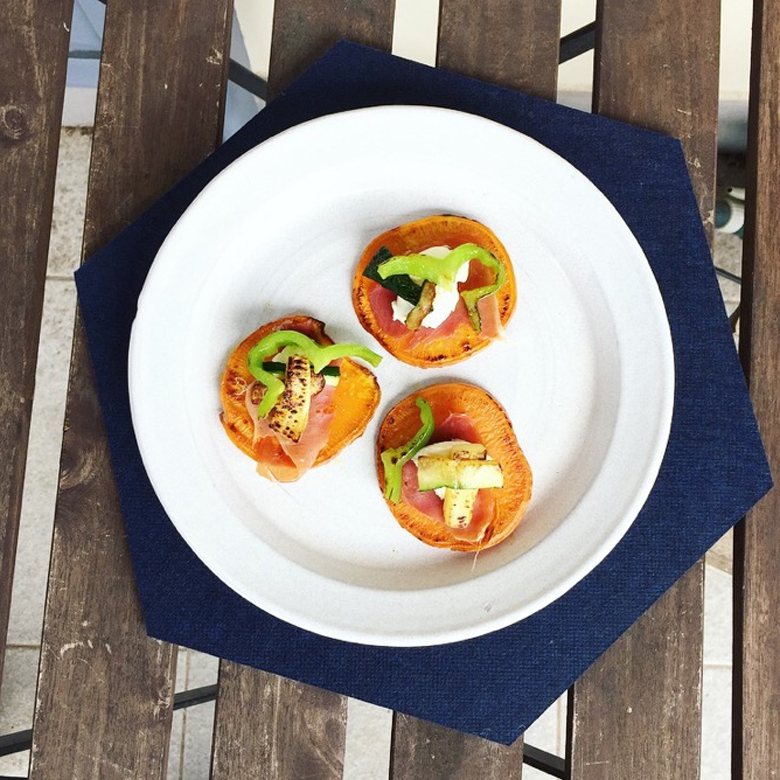One of the sessions if find my clients benefit from more than anything else is help with label reading. Yes, on the surface, it may seem simple enough, but checking food labels matters for a number of reasons. Here’s a quick guide to help you navigate the ‘how to’ of label reading, along with some useful resources to make it even easier.
Check the 100g column over the ‘serve size’ column
Why? The serve size column when label reading can be confusing for a number of reasons. Firstly, companies are not required to use a ‘standard’ serve size; in Australia, any quantity they like can be used! Regularly, the recommended portion is significantly less than what an individual needs to consume. I find this concerning because it a) warps our sense of how much we need, b) gives a false sense of security by encouraging people to purchase through lower numbers (due to ridiculously small portions), and then very likely thinking their ‘normal bowl’ is equal to the serve size on the label.
By checking the 100g column when label reading, you know you have a standard amount, which makes comparing products a whole lot easier as well.
How much fat, sugar, fibre and salt?
Checking quantities of these per 100g is recommended to help determine if the product fits into guidelines or not when label reading. How much? Standard recommendations suggest less than 2g saturated fat, 10g sugar, 120mg sodium and more than 7.5g fibre per 100g.
It’s important to take these with a grain of salt (pardon the pun). As some products won’t fit all these guidelines, and nor do they need to. For example olive oil, which we know to be incredibly healthy is much higher in saturated fat than these recommendations. It contains around 14g saturated fat per 100g. This of course would be very differing if you picked the chips up off the shelf to find 14g per 100g. In that instance I’d very likely be suggesting they get put down!
How much energy?
Overall content of calories and protein will differ between products. On labels, this is most useful for snacks, as when choosing foods for main meals, it is less likely you’ll be eating the whole quantity yourself.
Aiming for snacks to be 100-200 calories for most individuals, is a good starting point, with obviously athletes or people with high energy requirements needing more than this. Also, this is where serve size does come in handy, as it is where you can check how many calories the portion you’re eating has (whilst also checking if you actually ARE having the recommended portion!).
Other tips to keep things healthy?
- Choose foods that don’t have a label as often as possible; fresh produce, such as vegetables, fruit and fresh fish don’t come with a nutrition information panel.
- When label reading, check out the ingredient list. What’s there? Are there different names for fat, sugar and salt being used?
- What are the first three ingredients? Whatever they are, that is what the food is most made up of, with the most by weight coming first.
- Some useful apps: Traffic Light Food Tracker, Food Switch and Calorie King are all super handy.
I spoke about this very topic recently on Talking Lifestyle with Ed Phillips. Tune in each Monday at 1.20pm, EST for our weekly chats on all things nutrition.

